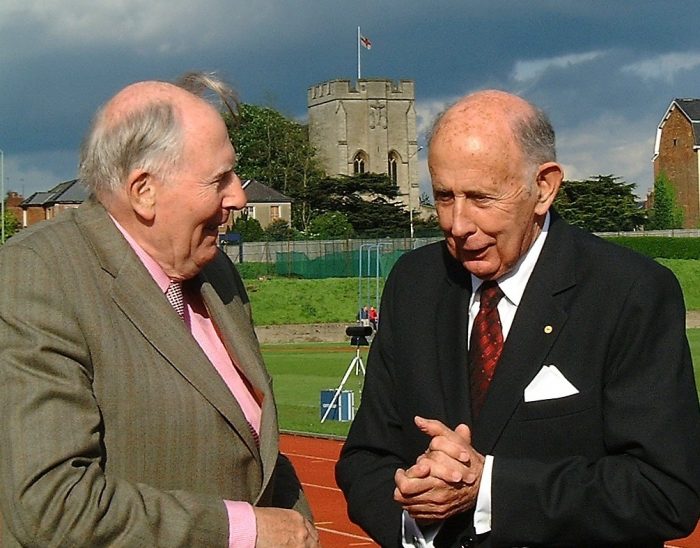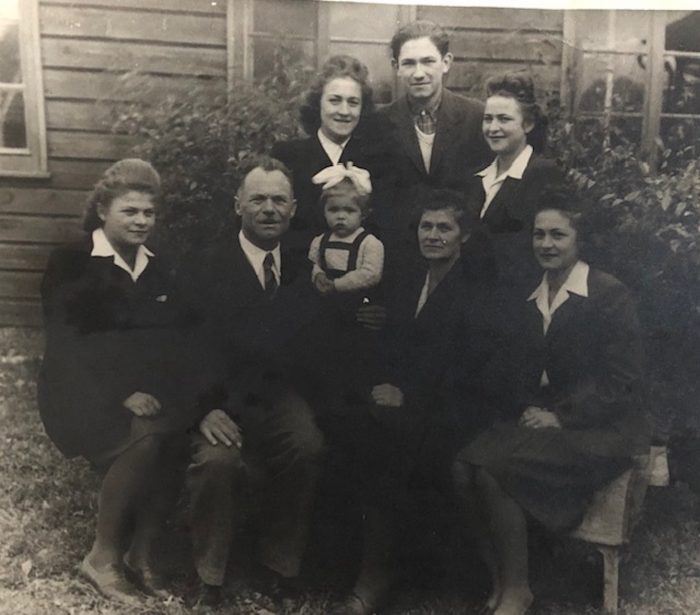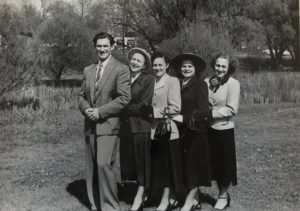As COVID-19 infection rates and deaths begin to decline, more attention to the pandemic’s effect on mental health is needed.
In “Amid declining COVID infections, worry about mental health remains” by Daniel Dunaief featured in the Feb. 24 TBR News Media newspapers and online, Dr. Gregson Pigott, commissioner of the Suffolk County Department of Health Services, cited two Centers of Disease Control and Prevention studies.
The research shows that the children’s mental health crisis alone has gotten worse during the pandemic. The CDC’s Household Pulse Survey also shows 39.2% of people nationally aged 18 to 29 had indicators of anxiety or depression between Jan. 26 and Feb. 7 of this year. As the group members increased in age, the percentage decreased, with 9.3% of those 80 years and above reporting mental health issues.
We have heard many times throughout the pandemic that the isolation and precautions needed to slow down the infection rate could increase anxiety and depression in people. At a press conference last week, held at the Smithtown Senior Center, elected officials discussed the importance of seniors returning to the activities they love and spending time with family and friends, which is vital for their overall well-being.
People need interactions with others to stay healthy and have someone to remind them that they are a good person and that the world is a better place with them in it. As we begin to remove our masks, it’s time to smile again and have conversations with those we encounter in our everyday lives.
Understandably, getting the virus under control during the height of the pandemic was a priority. Now, it’s more important than ever to talk about mental health and stop sweeping things under the carpet.
For most people, that could mean checking in with loved ones. Even if an in-person visit isn’t an option for some right now, a phone call or text message can make a difference.
While it was innovative and necessary to hold doctors’ visits, including those with psychiatrists and therapists, over Zoom during the pandemic, this is not the best option for everyone. Just as some students don’t do well with remote learning, many people don’t respond well to remote therapy.
Sometimes a person needs a one-on-one conversation face-to-face, not only with someone who isn’t judging them or doesn’t have an agenda, but also a professional who can see if they are making eye contact or fidgeting or not responding well to medication. Sometimes body language needs to be read to see if a patient is being truthful or just going through the motions.
While a conversation with a mental health professional is always a wise thing to do — whether in person or online — sometimes, for the real work to be done, it needs to be one-on-one in an office. So, if you need it, don’t hesitate to ask for an office visit. Most therapists are beginning to offer them again.
During the pandemic, people learned new ways of doing things to stay healthy, and some of those ways may be better. But meeting up with a friend and talking while eating or drinking coffee, or sitting on the couch in a therapist’s office — truly connecting — that can’t be beaten.



































